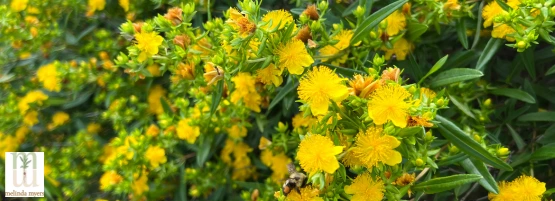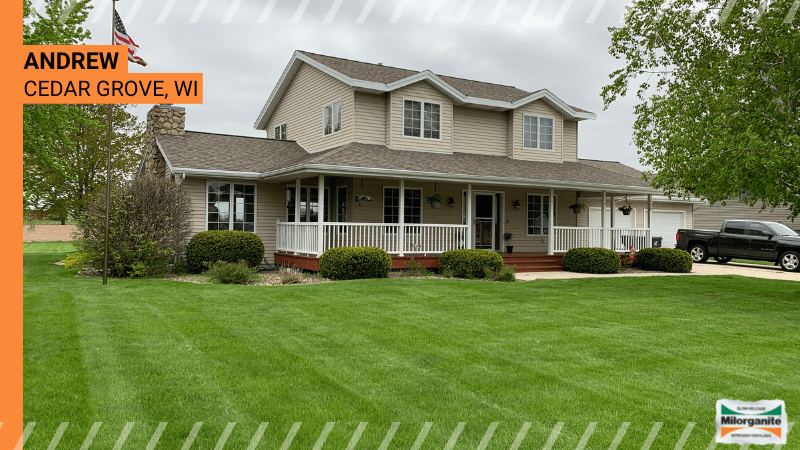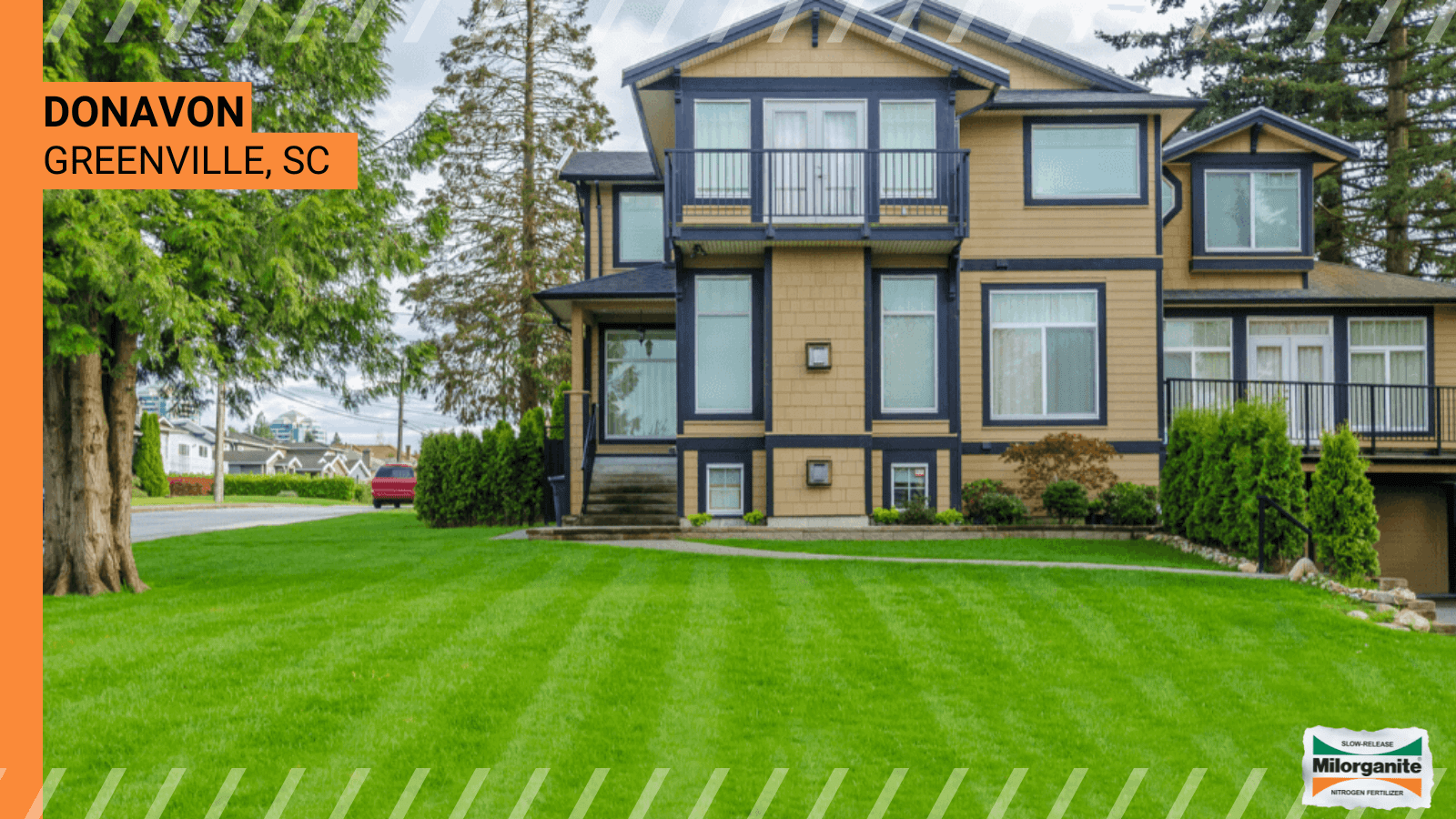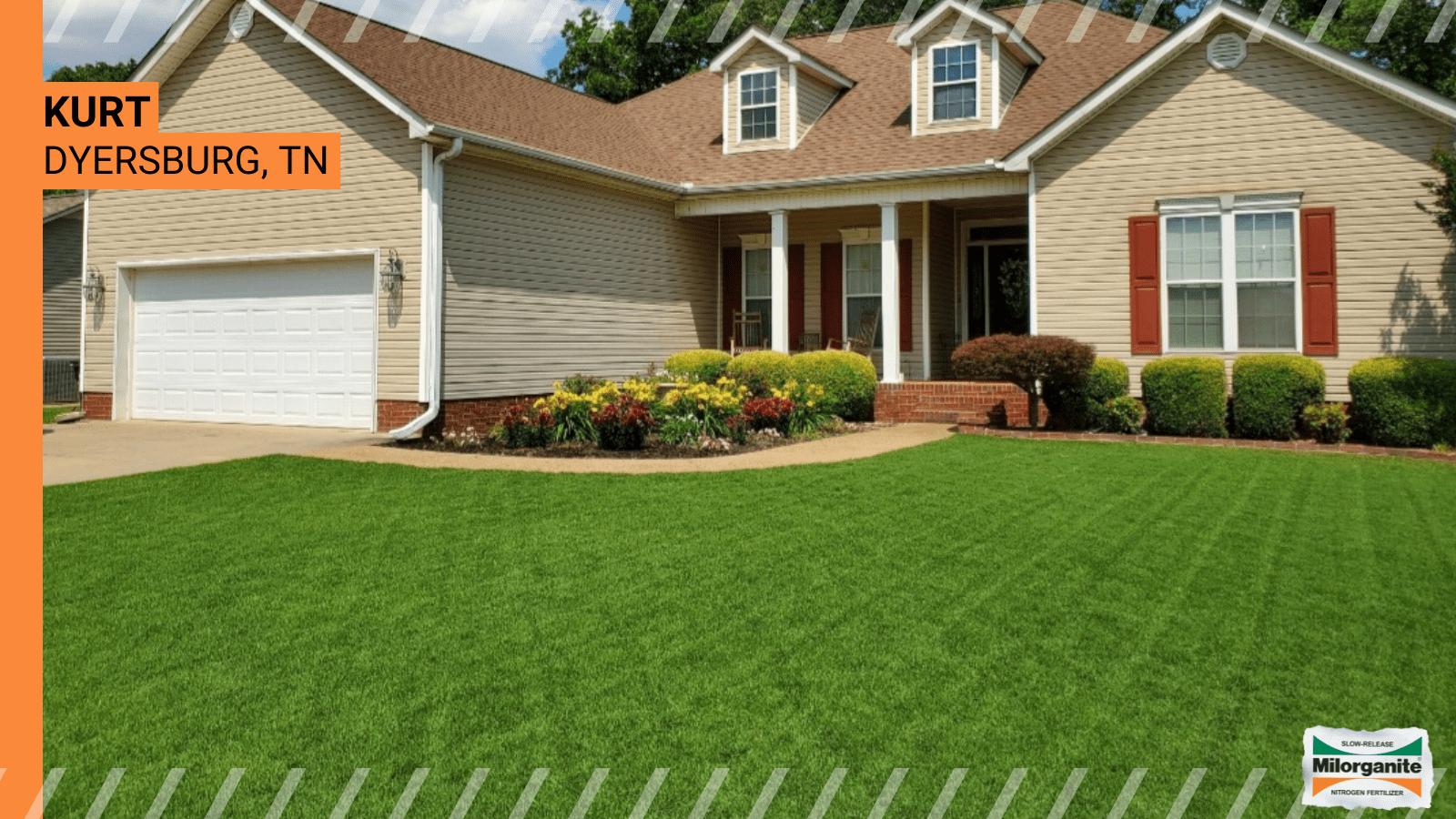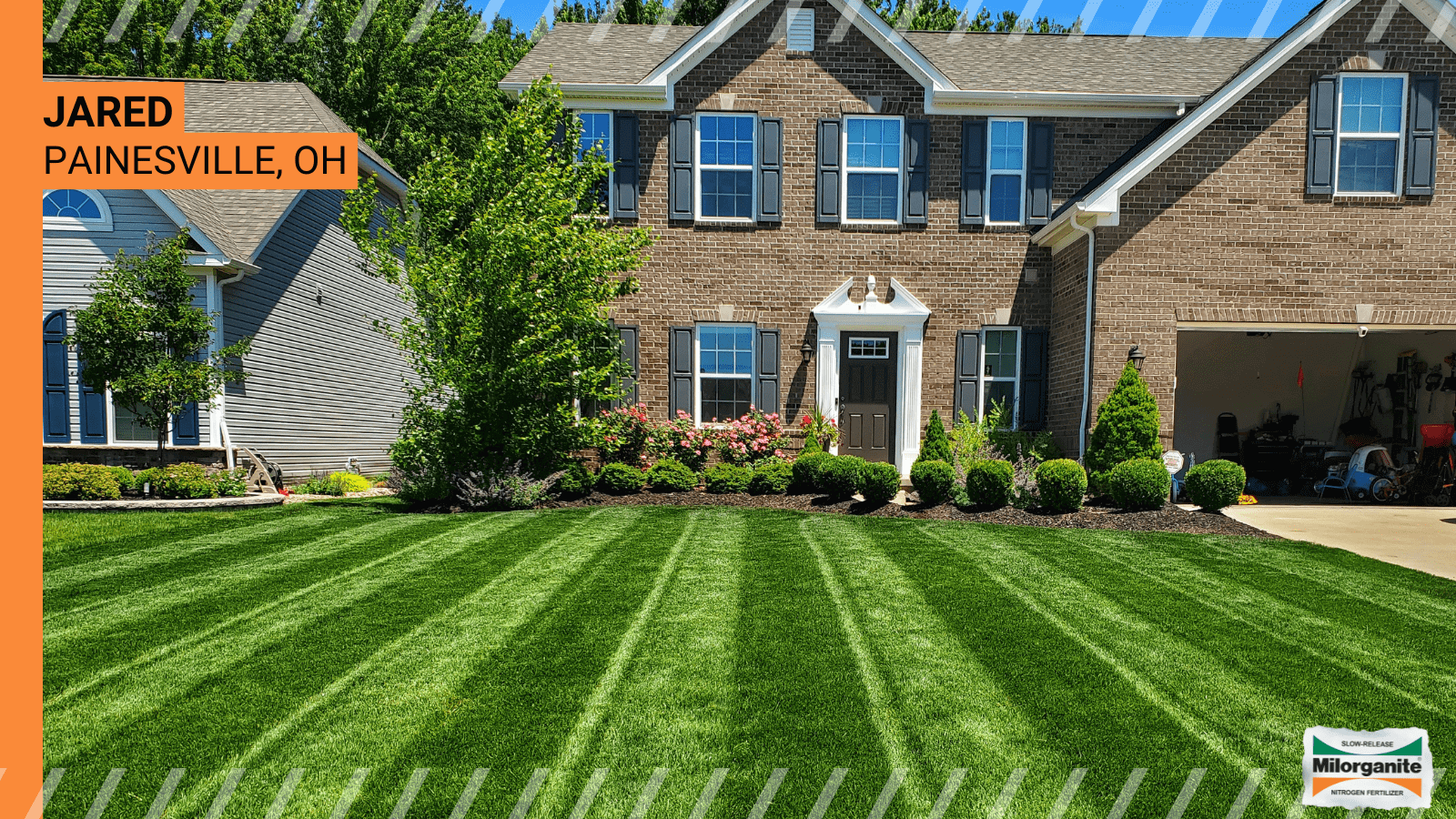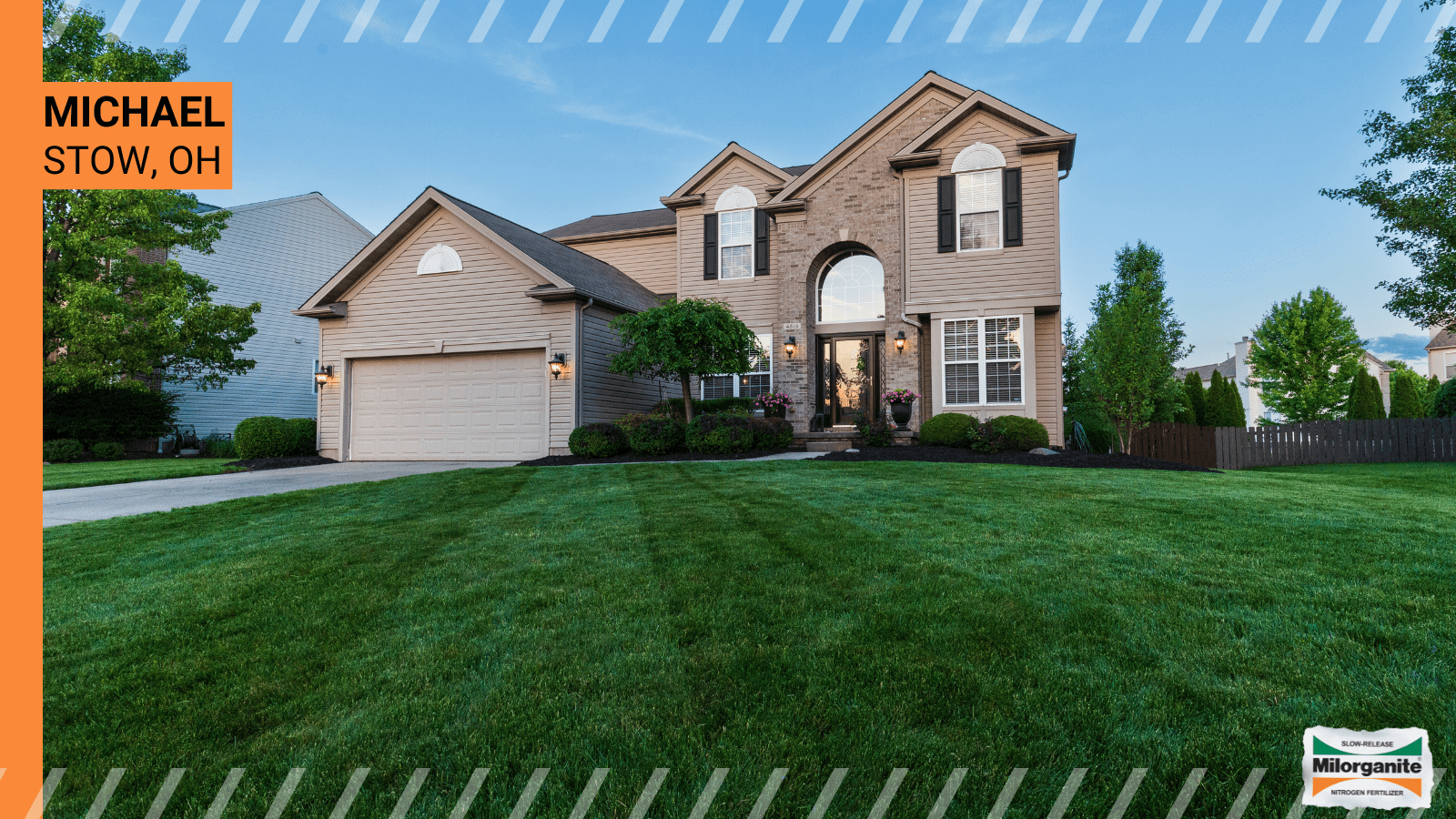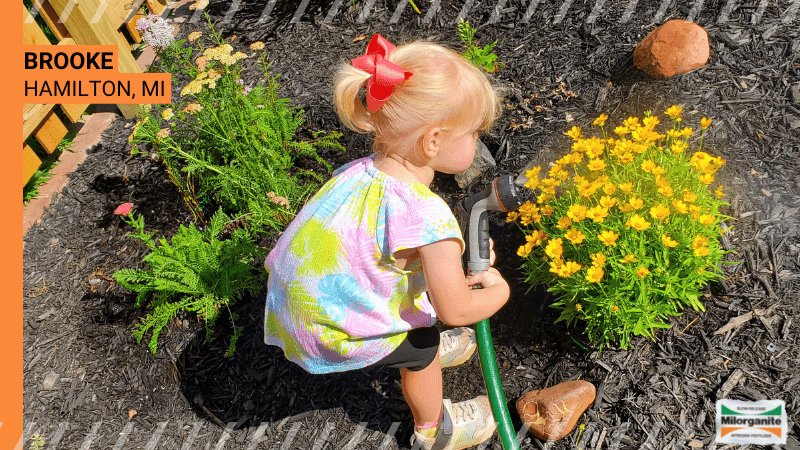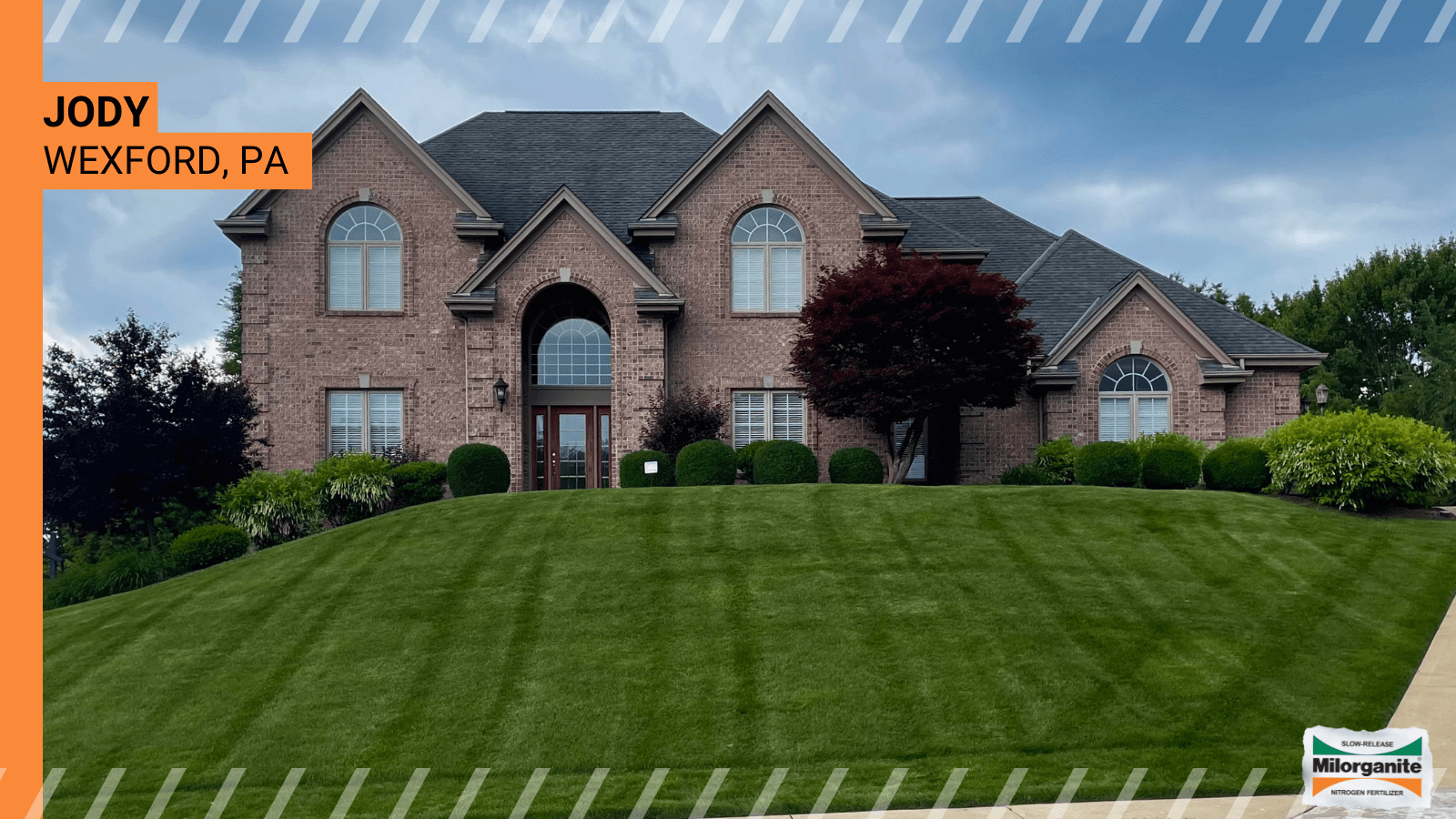
Milorganite® is a slow-release nitrogen fertilizer for your lawn and garden
Photo Credit | Chad - Lakewood, CO
When to Fertilize
We recommend applying Milorganite® every 8-10 weeks while the grass is growing or by the holiday schedule.
Spreader Settings
Find spreader settings for multiple broadcast and drop spreaders and learn how to calibrate your spreader
Where to Buy
Find Milorganite® at a store near you. We recommend calling your local store to check for availability.
Spring
Lawn Care Tips
Follow these tips for a beautiful lawn to enjoy this spring.
- Fertilize with Milorganite in early April in the South, and Memorial Day in the South and North.
- Overseed to improve grass density, fill bare patches and enhance color.
- Top-dress with compost to build deeper roots.
Common
FAQs
Milorganite® is composed of heat-dried microbes that have digested the organic material in wastewater. It's manufactured by the Milwaukee Metropolitan Sewerage District, which captures waste water from the metropolitan Milwaukee area and uses naturally occurring microbes to digest the nutrients. After the organic matter has been consumed, the cleaned water is returned to Lake Michigan and the resulting material is dried and marketed as Milorganite®.
Milorganite® complies with federal and state standards for the protection of public health and the environment. Milorganite® can be used with confidence for all of your fertilizing needs, including lawns, trees, shrubs, flowers, and vegetables when used as directed. For more information visit our safety page.
First off, there’s no need to panic if your dog happens to eat Milorganite® either off your lawn, garden or even directly out of the bag. It isn’t life-threatening or an emergency situation. Your dog may experience discomfort and outcomes you would expect when a dog eats something they shouldn’t. We recommend contacting your veterinary for advice. We have a few pet safety tips to help deter your dog’s urge to taste-test Milorganite®.
Our Blog
Helpful Articles
Milorganite® Reviews
Share your Milorganite lawn, garden, or landscape, and we'll send you a shirt, hat, or rain gauge. We appreciate your support!


